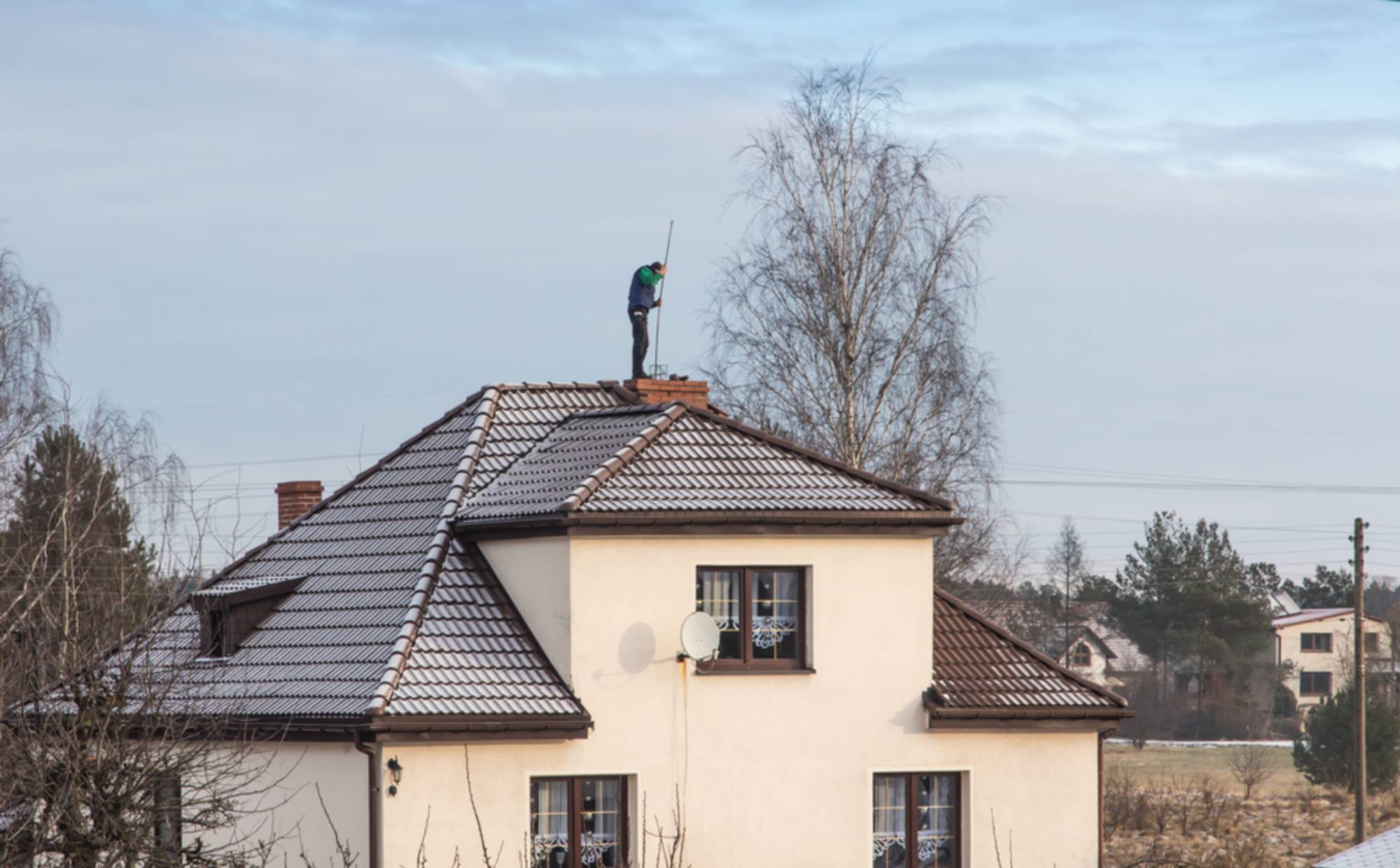Professional chimney cleaning that removes fire hazards and protects your family from carbon monoxide dangers.

Hear from Our Customers

You get a chimney that works the way it should. No more worrying about creosote buildup turning into a house fire. No more smoke backing up into your living room because something’s blocking the flue.
Your fireplace draws properly again. The air in your home stays clean because dangerous gases vent outside where they belong. You sleep better knowing your family isn’t breathing carbon monoxide.
Most importantly, you avoid the kind of slow-burning chimney fire that can smolder undetected for hours before spreading through your walls. That’s the difference between a $200 cleaning and a $50,000 insurance claim.
Above and Beyond Chimney has been cleaning and maintaining chimneys throughout Providence County for years. We understand how coastal moisture affects your brickwork and why certain types of wood create more creosote buildup in this area.
Our CSIA-certified technicians know the difference between a routine cleaning and a safety hazard. We’ve seen what happens when chimneys go too long without proper maintenance, and we’re here to make sure that doesn’t happen to yours.
When we show up, we protect your home with multiple layers of drop cloths and use HEPA-filtered equipment designed specifically for soot removal. You won’t find dust or debris scattered around your fireplace when we’re done.

First, we inspect your chimney from top to bottom to see what we’re working with. We check for structural issues, measure creosote buildup, and look for any obstructions that might be blocking proper ventilation.
Then we set up our equipment and protect your home. Drop cloths go down, HEPA-filtered vacuums get positioned, and we make sure nothing messy escapes the work area.
The actual cleaning removes all that tar-like creosote from your flue walls using professional brushes and tools. We clear out any debris, check your damper operation, and make sure smoke can flow freely up and out of your home. You get a detailed report of what we found and what your chimney needs to stay safe.

Ready to get started?
Your chimney cleaning covers the complete flue system from firebox to chimney cap. We remove creosote deposits, clear blockages, and check that your damper opens and closes properly.
In Lonsdale and throughout Providence County, we see specific patterns of buildup based on the types of wood commonly burned here and the moisture that comes off Narragansett Bay. We adjust our cleaning techniques accordingly because every chimney has different needs.
You also get a safety inspection that identifies potential problems before they become expensive repairs. Cracked flue tiles, deteriorating mortar joints, or damaged chimney caps – we catch these issues early when they’re still manageable and affordable to fix.
